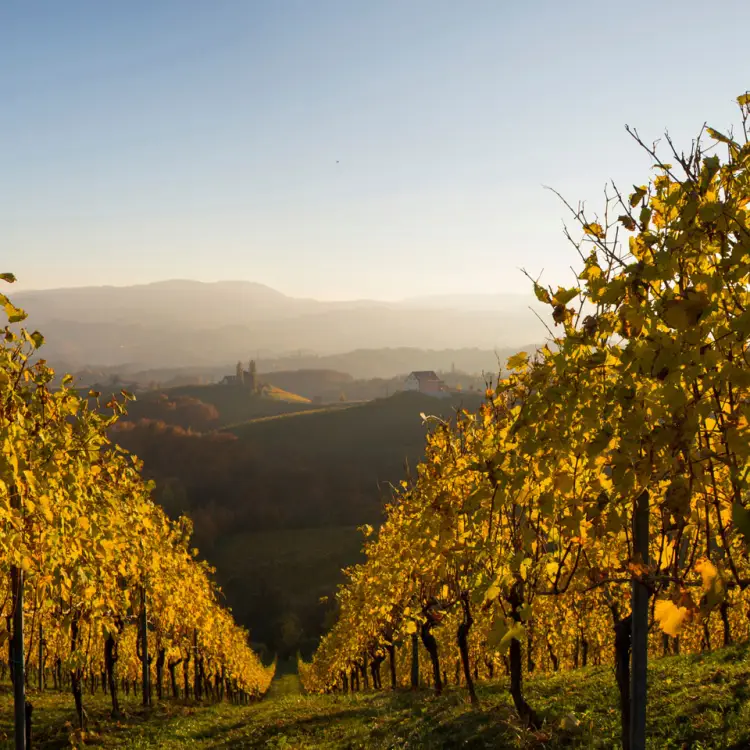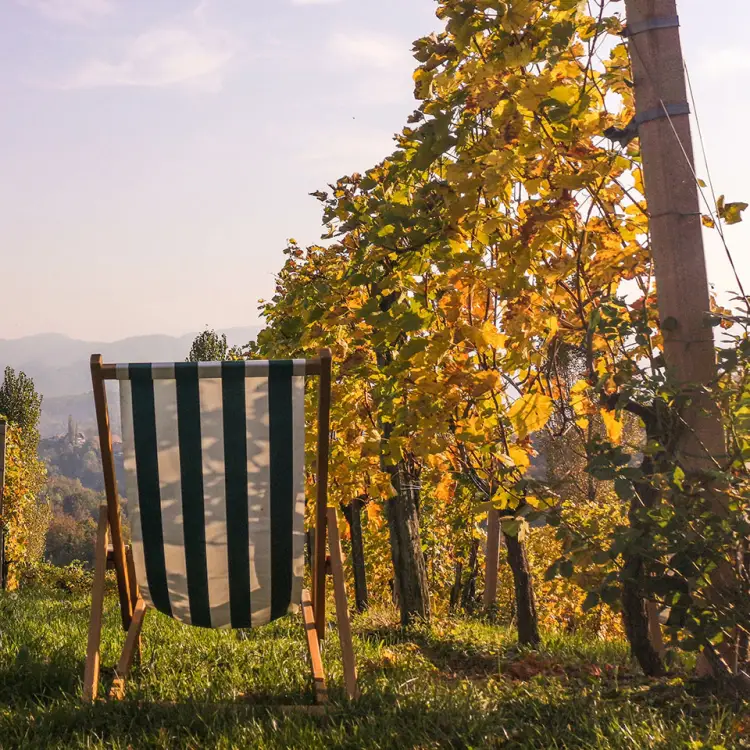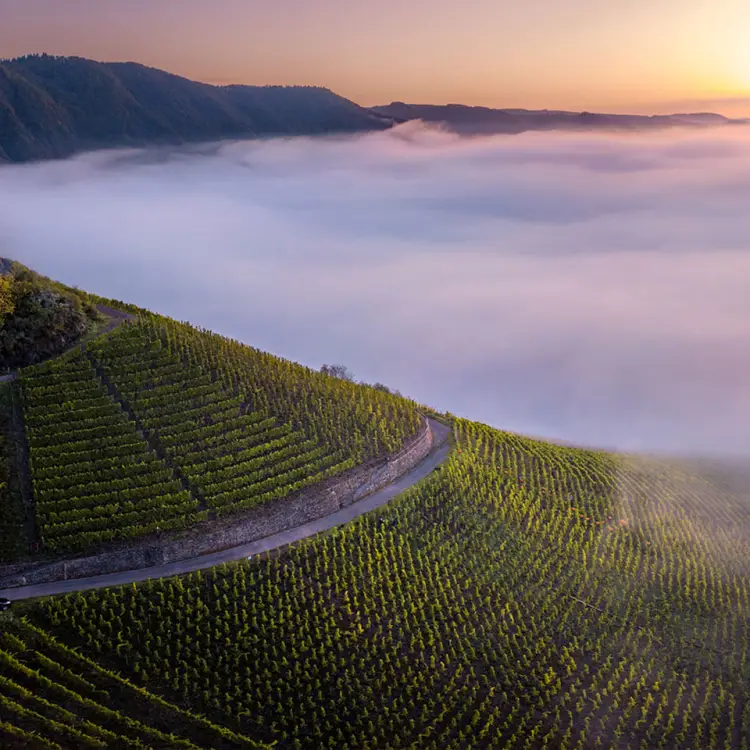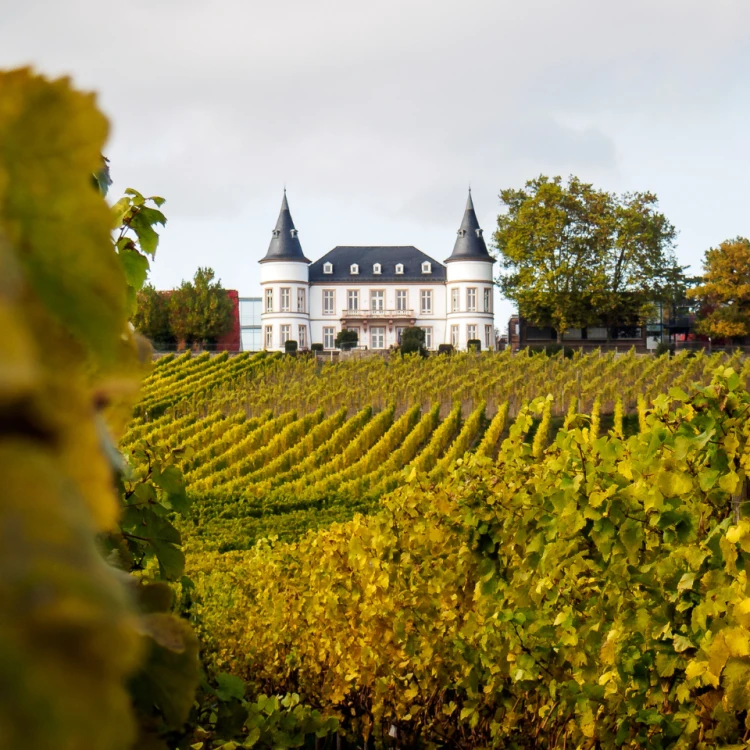There was a time, not so long ago, when the wine world consisted mainly of French wines. Bordeaux, Burgundy and Champagne were all the rage. And then there was a little bit of German Riesling, sherry, port or individual wines from Rioja here and there.
With the 1970s, the perceived wine world continued to expand. The Napa Valley and Californian wine were added. The first „Super Tuscans“ saw the light of day and with them Chianti, Brunello and Barolo also became popular. In the 1980s and 90s, the focus widened to the Rhône and Roussillon, South Africa, Argentina and Chile, Ribera del Duero and Oregon. Winegrowing in Austria and Germany reinvented itself and around 20 years ago, historical winegrowing regions such as Georgia, Greece, the Jura, the Canary Islands and Sicily, as well as new ones such as China and England, came into focus.













